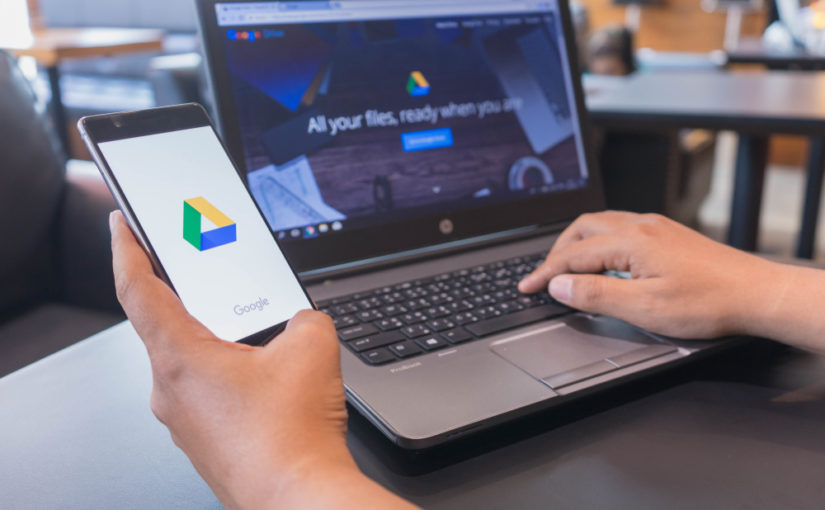Apps are now part and parcel of working life. Whether its an email client or the latest social medium, being connected and in touch with the latest technologies is now a prerequisite in some working environments. But how do you use apps intelligently in the workplace? What skills and software are essential to making your life easier at the office?
Whether you are an experienced professional or a young graduate looking to add to your CV or Resume, we’ll guide you through the different software and coding languages you can use to improve your productivity in the workplace.
What are some examples of productivity software?
With the advent of digital technology it is often understated how our working space and communication has changed. Examples of software that help us in the workplace:
- An office suite, such as Microsoft Office, LibreOffice. These are a set of programs that do things like word processing, calculations,
- A general communication and workplace messaging system, such as Slack, or Microsoft Teams
- A scheduling and clocking device.
- A task management app : this is for your individual task management
- A project management app : this is a team-based app that helps you track how your tasks integrate into a wider project.
Perhaps remarkably e-mail has survived and it has only recently started to be usurped by messaging apps in the workplace for immediate, informal communication. Often people use an email client like Thunderbird or Outlook.
How to use productivity software well
For a start, much of it depends on your office environment and how much your work depends on IT. Assuming you have an office job where using the PC is important, we recommend using a pomodoro technique of 25 minute spells on tasks that
In addition, you can also use the following tips for task and project management :
- Break up tasks into smaller ones to ensure that you have clear processes in your head. Using an app such as Trello or To Do List.
- Use a clocking device to monitor your progress on each task and the amount of time you spend on each project. Learn about your own working trends and improve them.
- Depending on how you work, disable as many notifications as you can. Text messaging in particular is taking up a great deal of time. Remember that if there is an emergency, people will do that old fashioned thing and call your cell phone.
- Use a warm light screen to ensure that, if working late at night, you become tired naturally.
- Your email client should have different notification settings that allow you to categorise different emails according to priority.
Automation, AI and Macros : what future skills could improve your productivity?
One of the key functions coders will tell you a computer has is its ability to loop an action. Automating actions is the future of better productivity at the workplace. As Bill Gates put it, the lazy guy who looks for shortcuts is sometimes more efficient
Learning how to do Excel macros using VBA for example is highly sought after, allowing automation of certain Excel tasks automatically.
Increasingly the use of Python, R and other coding languages are used for statistical analysis. the advantages of these are the replicability of their code. This means that once you master the code required, you simply have to input different data to obtain your results, as well as share code with others. Both Python and R have Integrated Desktop Environments that also help you use them faster.
Anti-distraction apps
Anti-distraction apps are also a way of facilitating your productivity. By tackling procrastination and avoiding distractions you will be able to get your work done faster. You will also be able to focus your mind. Sometimes what is known as learning
Anti-distraction apps can come in the form of web browser extensions or apps/programs for your work hardware. Whether it is a PC or a smartphone you will be able to keep those distracting websites at bay!

